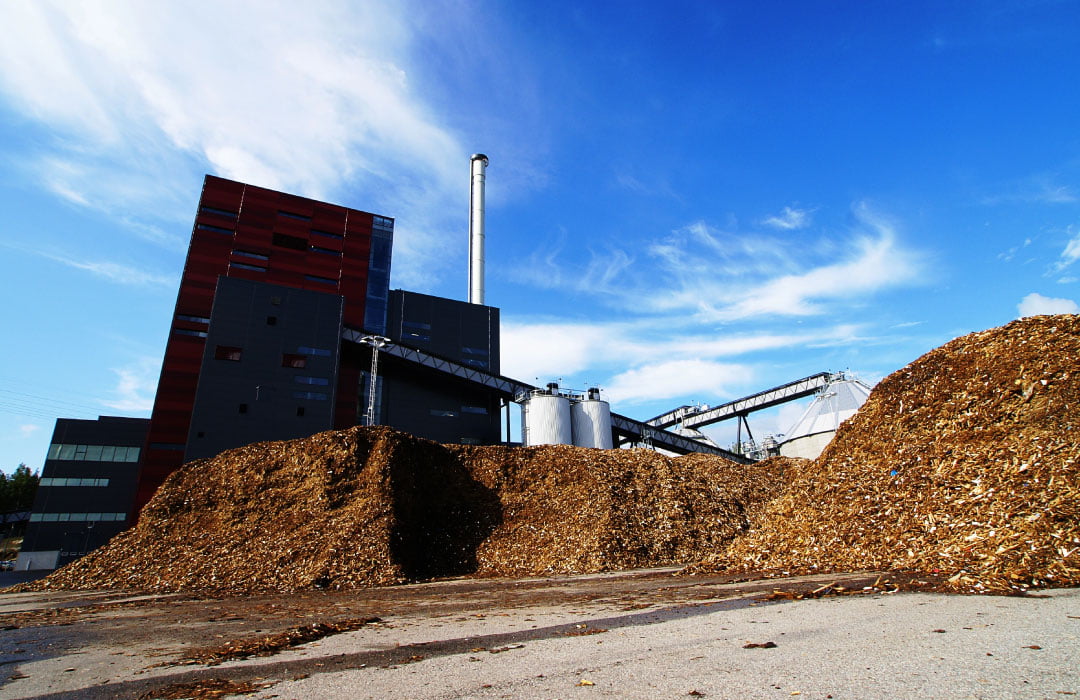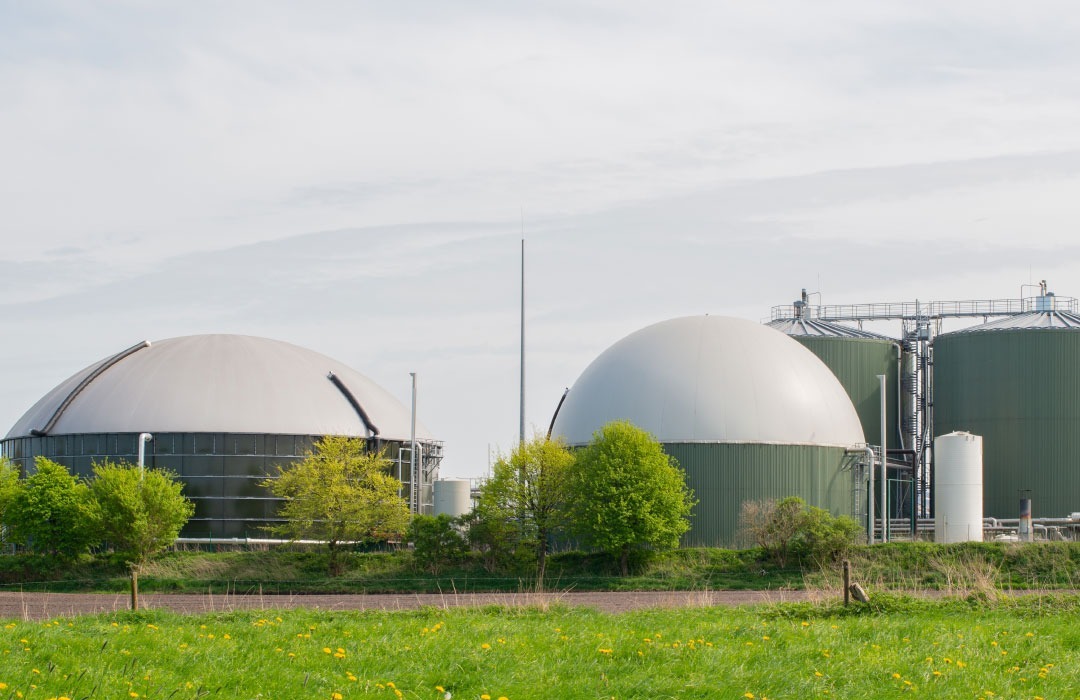The Right Approach to Fishing
At Projects RH we have seen many projects successfully find investors and many do not listen to us and fail to achieve their objective. Ours is a simple message: tell the audience what they want to know and not what the promotor wants to tell them. It needs to be the truth, but most investors are not interested in the pain of the journey.
Many project leaders have worked hard and suffered for their projects. They are passionate, well-meaning and excited.
The Pain of the Journey
We have had to meet the challenge of a passionate South American with a wonderful mining resource. They had an independent expert’s report and a bankable feasibility study in their pocket.
Despite record prices for what they wanted to produce they have not been successful in securing investors. A friend of the founder reached out to me and asked why. The answer was quickly obvious; the materials they were emailing did not answer the questions one would expect prospective investors could be reasonably expected to want answered. Despite 500 emails to potential investors with huge attachments and a link to a data room – nothing other than automated acknowledgements. If they found a number to call, they spoke to a Chat Box and got no responses.
Trainability and Engagement Matter
Such leaders need to be willing to be trainable and engaged in a process. It will not take a few weeks; the reality is it may take three or more months and they may not be successful. We know that if they do not go fishing to the right place, at the right time, with the right kit and bait they simply will not be successful. They need not only to accept training but acknowledge that their materials need to fit for purpose and the person making the first calls, visits and presentations won’t be them. It will need to be someone the investor knows has a good track record of presenting “winners” to the investor.
Investors are not necessarily sitting and waiting for “your” project and in “your” way. One friend of mine is the CIO (Chief Investment Officer) of a tech-flavored, but general fund based in Sydney. He told me he received well over 2,000 submissions requesting an investment each year. All the funds his organization manages -some based in London, Silicon Valley, Singapore and Sydney- made 10 new investments in 2023 (they did several further rounds of investment with existing clients, and some followed the leader investments with long-term partner funds).
The Twists and Turns to Fussy Fish
Investors are like fish, they are fussy; and need to be offered the right bait, at the right time and in the right way with trust. They are found in different places; they have seasons and times of day when they are hunting. Even a “no” can mean comeback in 3 months, when our next fund closes or when we have sold XXXX at its upcoming IPO or when we complete our fund-raising roadshow for an open fund. Many funds’ managers will be able to say this investment would suit Franz in Silicon Valley – here is his email and you may say I said to call. This is another reason your introducer needs a good association with them.
Not all investors need to be approached in the same way. Investors also have different philosophies – some like to be in syndicates and others like to be “the investor”.
Within the investment world, some investors are leaders, also termed as price setters, who will form the investment syndicate and fill the rest of the ask.
There are also funds who are very clear in what they invest in – only gold mines that are producing over 50,000 ounces of gold pa. Another specific set of funds invest only in renewable energy; must be 100MW+ at one site and require an investment of USD 100m with an ROI of 14%+ after tax. Their mandate and hence interest is very clear. For a good introducer, they may be a good source for those who are investing in 50MW biomass to electricity projects.
Hitting the Sweet Spot
Whilst we work in renewable energy and other things, most of our clients are looking for USD 15-40m with an average being USD 20m. This is the sweet spot for the investors in Pan Ocean Advisory Group’s (POAG) network. These investors have a profile. Most have an amount allocated for investment of USD 200m. They want about 10 investments with an average of USD 20m. The investor decision maker is the founder – they may or may not have a formal family office. These investors are able to move quickly and have an informal mandate of what I know with a few that interest me.
The Fishing Expedition: A Real-World Example
John Martin, Chairman of POAG can generally tell if they are interested in the first seven minutes of their face-to-face discussion. He uses and leaves a 1-page teaser.
This is the ideal meeting: generally, the investor has someone review the pitch deck and the Information Memorandum, but they are looking for fatal flaws.
The discussion between Martin and the representative of the potential investor runs this way:
- Pleasantries, as we discussed on the phone, I want to introduce XXXXX to you
- What is the problem?
- How does this project address the problem?
- What’s in it for me (the investor)?
- Chat Chat Chat
- Who is going to look after my money – the founder and the team
Sounds simple? No, it is human nature.
How do we find the investor?
The reality is most prospects cannot simply go and find the investor. The idea that you simply submit a proposal to info@XXXXX.com does have a 1 in 10,000 chance.
Whilst the investment universe is global there are simply some places that are more open to investment than others and have the money for it. For example, in the world of mining, early-stage investment opportunities, regardless of where they exist, are more likely to find investors from Canada, Australia or the UK. (The money may actually come from lots of places be these centers have the recognized expertise to make the investment decision.) I believe it is first because of expertise and second a history of success based on their rigorous approach and global understanding.
Understanding the Season
It is important to understand that investors are not always investing! Organizations that raise and disburse investment funds generally create funds with specific mandates for what they will invest in, and such fund managers may also have open funds which means that these funds are always open to new investors but will only be able to invest in projects that meet the “investment mandate” and when they have finds.
Like fisheries, there are times when the market is unofficially closed. Most Western markets are closed around Christmas, Asian around Chinese New Year, and in the Middle East at the end of Ramadan. The northern market tends to be closed for 3 weeks during the northern summer, but which 3 weeks depends on the country. Funds and investors generally are not looking for new projects for a few weeks before these events and want to clear their desks.
Reading the Tide
The second reason to worry is the view of the market. The are times when investors are calling looking for opportunities as during the so-called “dot com” boom. We saw some of this with the AI boom, but the market returned to normal in six months. Now investors wanted to invest in the applications rather than the way – now that the source code is in the public domain it is all about the application.
There is one great group, counter-cyclical investors, who look longer term and at current markets then say the market is short term in its thinking and we should invest now for the next cycle. We are seeing this now in the lithium market. The price of lithium is down so there is little investment in new production. Demand is believed to grow and when it does there will be a shortage which will take some years to catch up – years of high profits are foreseen. Such investors are active in the market currently.
Founders and CEOs don’t know it all
Whilst we admire those founders who put everything on the line it does not mean that they are attuned to what the investor wants. As my late mother would say “He who pays the piper calls the tune.”
Our experience is that many projects today are still financed by individuals – some of these are the founder / investor in funds they manage, or individuals who have made a lot of money from selling a business they funded or inherited and which they sold and after the agreed management period for the new owners both were pleased to see them go.
Most founders believe if they can only get in front of the investor that they can convince them to invest. Often, they will have similar personalities to the self-made investor, and they may conflict. Getting in front of the investor is down the track. First, all need to be ready. They really only need to see the investor if they want to meet the person who will manage their money. In practice, many appoint an experienced “asset manager” to be their representative and report to them. Our team have several such roles as the asset manager. As one investor said to me “You wrote the book – deliver!”
Fit for Purpose: Investors Are Selective and Exacting
For Projects RH, naturally, we would say they need first class materials as this is what we do. What they really need is materials which are fit for purpose. As John Martin, Chairman of Pan Ocean Advisory Group, with its split head office between Hong Kong and Vancouver, these can depend on who he is pitching to. Fundamentally, most investors need to see that a rigorous independent financial model has been made and the modeler has advised the assumptions.
Second, there needs to be a balanced Information Memorandum (IM). We believe that IM should be 48-60 pages with 12 sections with about 4 pages a section except the projected financial outcomes which is about 6 pages as it has tables summarizing 5 years of balance sheets, profit and loss statements, cash flow table, sources and application of funds and how the model would calculate an NPV, IRR and terminal value (a capital event) at the end of year 5.
Each sector will have specific needs for investors, for example, in mining what are the reserves and resources under a Canadian National Instrument 43-101 or an Australia JORC report and a ValMin Statement; in medical the journey to FDA approval; in fintech and AI an MVP (minimum viable product) and other sector-specific requirements.
The preparation of quality reports and the work undertaken by Projects RH costs money and needs to be paid before you can proceed.
Engaging the right connector
Even serial entrepreneurs need door openers because the reality is that the person who can open the door does a lot more than forward and email. First, the introducer needs to study your new materials and decide if their network has people, either individual investors or fund managers who would be interested in the opportunity.
No professional introducer can afford for the project that they are introducing to be a “dud”. They have a reputation and even if the meeting with the prospective investor results in a “No” that both accept it was something that could have been of interest.
Do some things have a natural home?
There is a reality that we need to accept: some opportunities do have a natural home of a set of investors where the rules of engagement or where the investors are more likely to be found. The United States of America is the home of the Food and Drug Administration (FDA). The FDA has very strict rules for getting access to the most lucrative market in the world. Once a product has acceptance by the FDA, getting acceptance in Europe and most other markets, including China, is mechanical.
The recognized financial centers play a crucial role because they house substantial pools of capital. Moreover, these centers have a historical inclination toward positive views of markets, which some organizations or investors have found advantageous. In our experience at Projects RH:
- Singapore is a center for investment in the countries around it – and its experience is especially in Indonesia and Malaysia.
- London has a history and ongoing involvement with mining in Africa.
- Hong Kong is the gateway to China and North Asia.
- Miami and Canada are clear gateways into Latin America.
- Australia and Canada are pathfinders for global mining.
- USA is the center for AI and software, technology, biotech and medtech.
The New Challenge
Founders, seasoned by years of struggle, now find themselves at a crossroads. They must heed the counsel of packagers and introducers—individuals who hold the keys to unlocking their next phase. Trainability becomes paramount, and yes, they must compensate these guides. They are going to have to accept they are part of a team for the next step; the journey ahead is a team effort.
Sailing for Success
And what about the fruits of this fishing expedition? Well, they’re not only rewarding but also nourishing. Picture it: a successful catch, grilled to perfection—a feast for both the soul and body.
But let’s break it down further:
The Right Gear and Timing:
Just like a fishing trip, securing millions of dollars demands precision. Pack the right kit, choose the right spot, use the right bait, and be there at the opportune moment.
If you’re chasing marlin-sized investments, consider hiring a seasoned skipper with a fit-for-purpose vessel. Anything less would be folly.
Projects RH’s Approach:
At Projects RH, we cast our net wide, examining countless opportunities.
However, we’re discerning. Pan Ocean, a strategic partner, is part of our dialogue.
Our litmus test: Can we genuinely propel founders toward their goals?
So, is your project willing to pass our challenge? Please send you materials to paulraftery@projectsrh.com and then book a time to speak here.
Please allow me 24 hours to send a link and read your summary.
Let’s set sail for success!!




